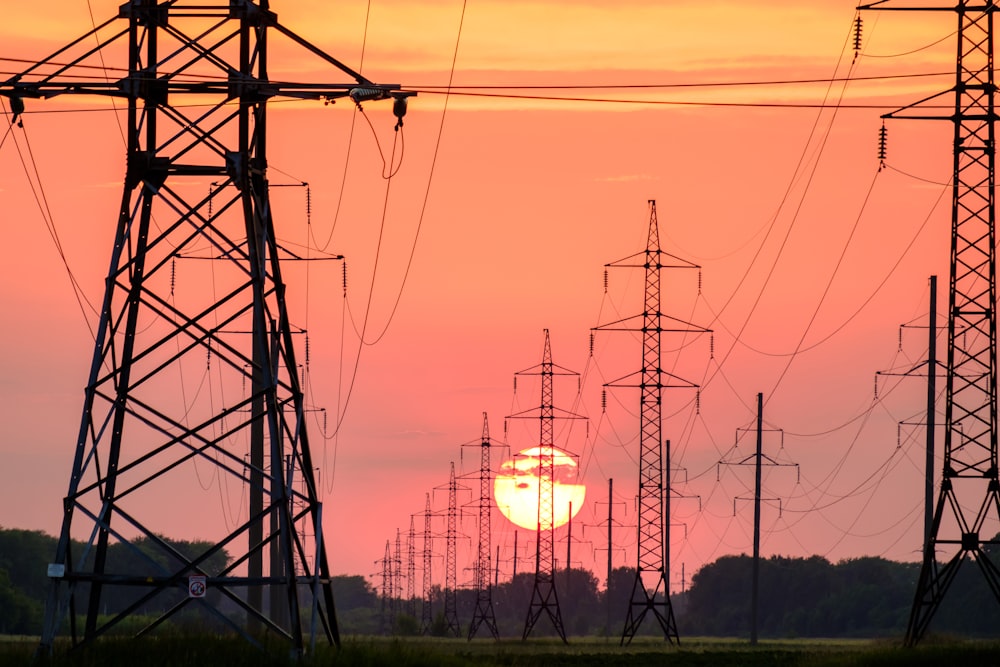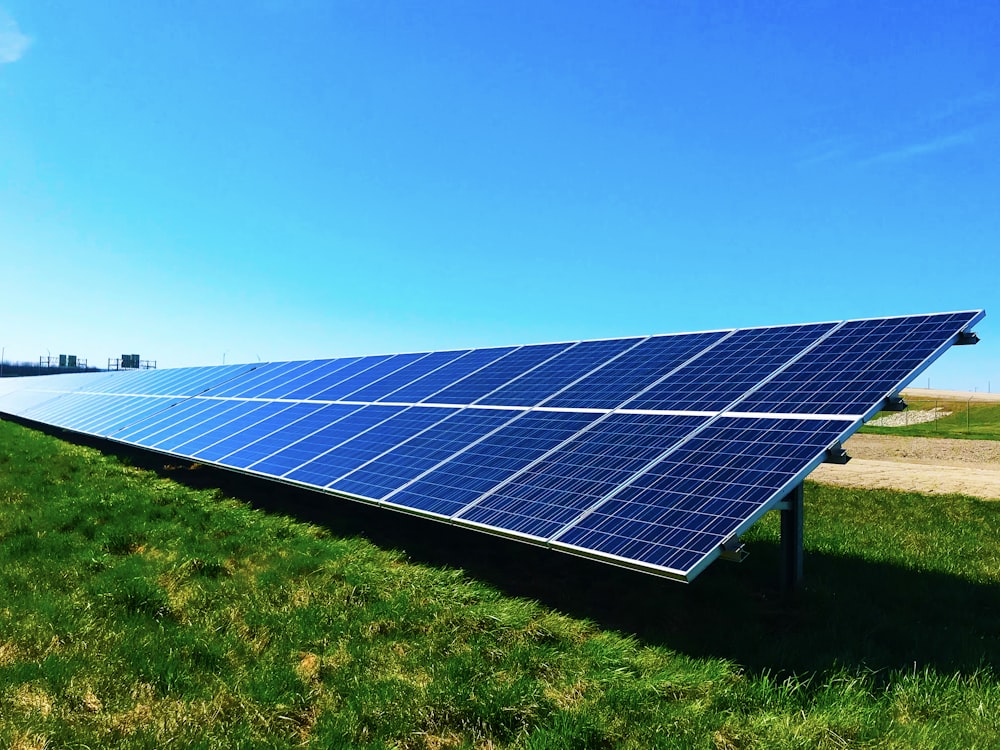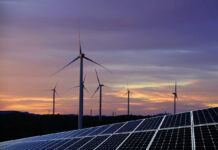All energy sources have an effect on the environment in some way. By most counts, fossil fuels—coal, oil, and natural gas—do far more harm than renewable energy sources, including air and water pollution, public health damage, wildlife and habitat loss, water use, land use, and global warming emissions.
Renewable energy sources including wind, solar, geothermal, biomass, and hydropower, on the other hand, have environmental consequences, some of which are major.
Environmental impacts vary in type and intensity based on the technology utilised, the geographic location, and a variety of other factors. We can successfully avoid or limit these problems as renewable sources become a larger component of our electric supply by recognising the existing and potential environmental issues related with each renewable source.
Wind Energy
Wind energy is one of the cleanest and most environmentally friendly ways to create electricity, as it produces no hazardous pollution or greenhouse gas emissions. The wind is also abundant, inexhaustible, and affordable, making it a viable and large-scale fossil fuel alternative.
Despite its enormous potential, wind power generation has a number of environmental consequences that must be understood and avoided. Land use issues and threats to wildlife and habitat are among them.
Solar Energy
The sun, like wind power, is a fantastic resource for creating clean, long-term electricity.
Land use and habitat loss, water use, and the use of hazardous materials in manufacturing are all examples of environmental impacts associated with solar power, though the types of impacts vary greatly depending on the scale of the system and the technology used—photovoltaic (PV) solar cells or concentrating solar thermal plants (CSP).
Geothermal Energy Is A Renewable Source Of Energy.
The most common type of geothermal power plant (known as hydrothermal plants) is found near geologic “hot spots,” which are areas. Where hot molten rock lies close to the earth’s crust and creates hot water.
In some areas, improved geothermal systems (also known as hot dry rock geothermal) can provide greater access to geothermal energy by drilling into the earth’s surface to reach deeper geothermal resources.
Biomass For Power Generation
Biomass power plants are comparable to fossil fuel power plants in that they both create electricity by burning a feedstock. As a result, biomass plants raise issues about air emissions and water consumption. That are comparable to, but not identical to, those raised by fossil fuel plants. Biomass plant feedstock, on the other hand, may be produced in a sustainable manner. Whereas fossil fuels are non-renewable.
Hydroelectric Power
Both large hydroelectric dams and tiny run-of-the-river facilities are used to generate electricity. Many large-scale hydroelectric dams are still being built throughout the world (particularly in China and Brazil). But new facilities will not be added to the existing US fleet in the near future.
Hydrokinetic energy
Hydrokinetic energy is a type of energy that is generated. By Wave and tidal power are examples of hydrokinetic energy. Which spans a wide range of energy sources, many of which are still in the experimental or early deployment stages. While the actual effects of large-scale operations have yet to be seen, a range of possible consequences can be predicted.
Despite these negative environmental consequences, renewable sources outperform fossil fuels and remain an important part of the climate change solution.






